Genetics
-
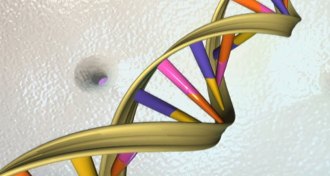 Neuroscience
NeuroscienceStudy of psychiatric disorders is difficult in man and mouse
Studying human psychiatric disorders in animals presents a challenge. A new study highlights one of the ways scientists can study human mutations by slipping them into mice.
-
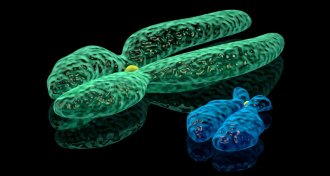 Genetics
GeneticsMen who lose Y chromosome have high risk of cancer
Losing the Y chromosome in blood cells may bring on cancer and shorten men’s lives.
-
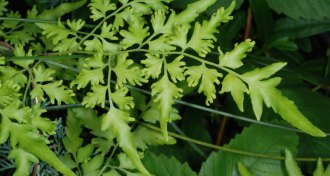 Plants
PlantsHow female ferns make younger neighbors male
Precocious female ferns release a partly formed sexual-identity hormone, and nearby laggards finish it and go masculine.
By Susan Milius -
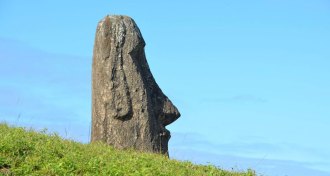 Genetics
GeneticsEaster Islanders sailed to Americas, DNA suggests
Genetic ties among present-day populations point to sea crossings centuries before European contact with Easter Island.
By Bruce Bower -
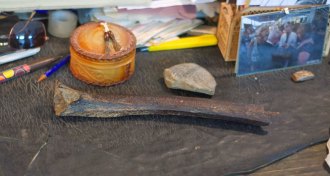 Humans
HumansOldest human DNA narrows time of Neandertal hookups
A 45,000-year-old Siberian bone provides genetic clues about the timing of interbreeding between ancient humans and Neandertals.
By Bruce Bower -
 Humans
HumansAnglo-Saxons left language, but maybe not genes to modern Britons
Modern Britons may be more closely related to Britain’s indigenous people than they are to the Anglo-Saxons, a new genetic analysis finds.
-
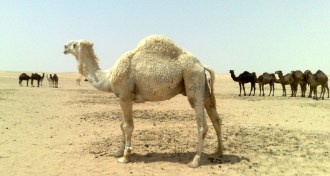 Genetics
GeneticsCamels’ number of humps may affect their fat storage
The number of humps camels and alpacas have may play a role in how well they store and break down fat.
-
 Genetics
GeneticsGene variant helps dog evade muscular dystrophy
A dog that has a mutation causing muscular dystrophy has another genetic variant that appears to counteract the disease.
-
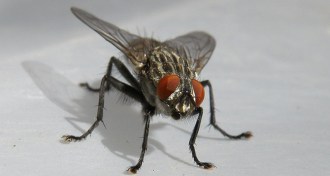 Genetics
GeneticsHouse fly’s genome hints at detox genes
The house fly's DNA instructions include extra genes that may help detoxify and decompose animal waste.
-
 Health & Medicine
Health & MedicineImpotence drug boosts insulin in some with diabetes
A drug called yohimbine lets some people with diabetes secrete more insulin by stopping pancreas cells from binding adrenaline molecules.
-
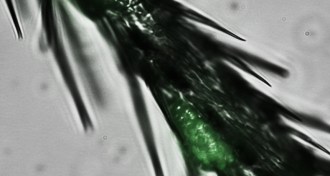 Genetics
GeneticsYeast smell underpins partnership with fruit flies
Yeast make fruity aromas that draw flies, which disperse the fungi. Researchers reveal the gene that underpins the mutually beneficial relationship.
-
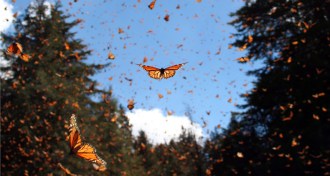 Animals
AnimalsMonarch butterflies’ ancestors migrated
The earliest monarch butterflies originated in North America and were migratory. Some of the insects later lost that ability as they moved into the tropics, a genetic analysis finds.